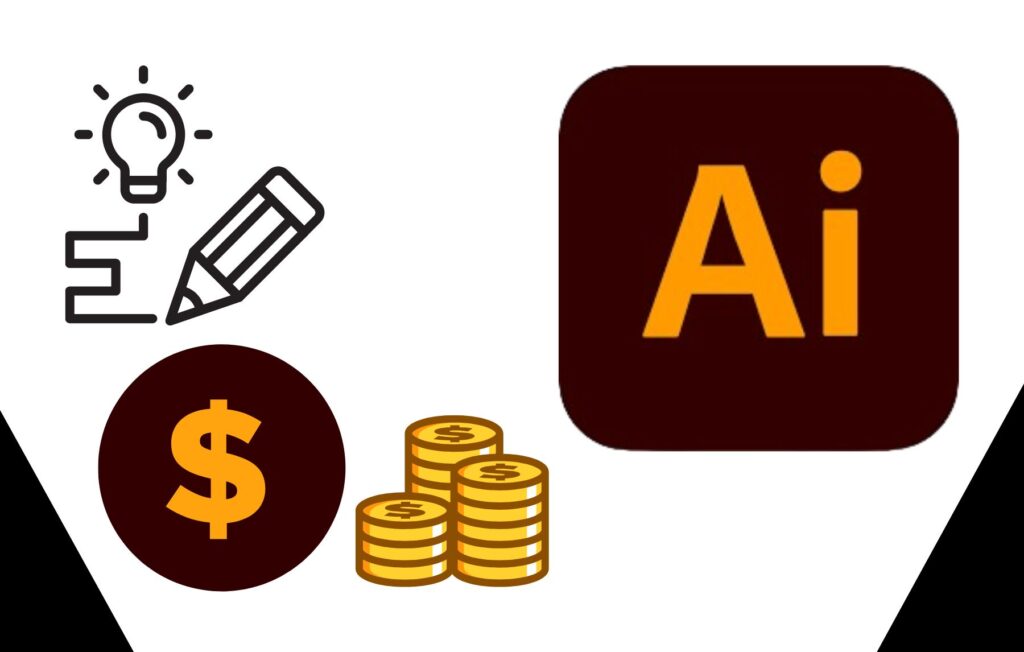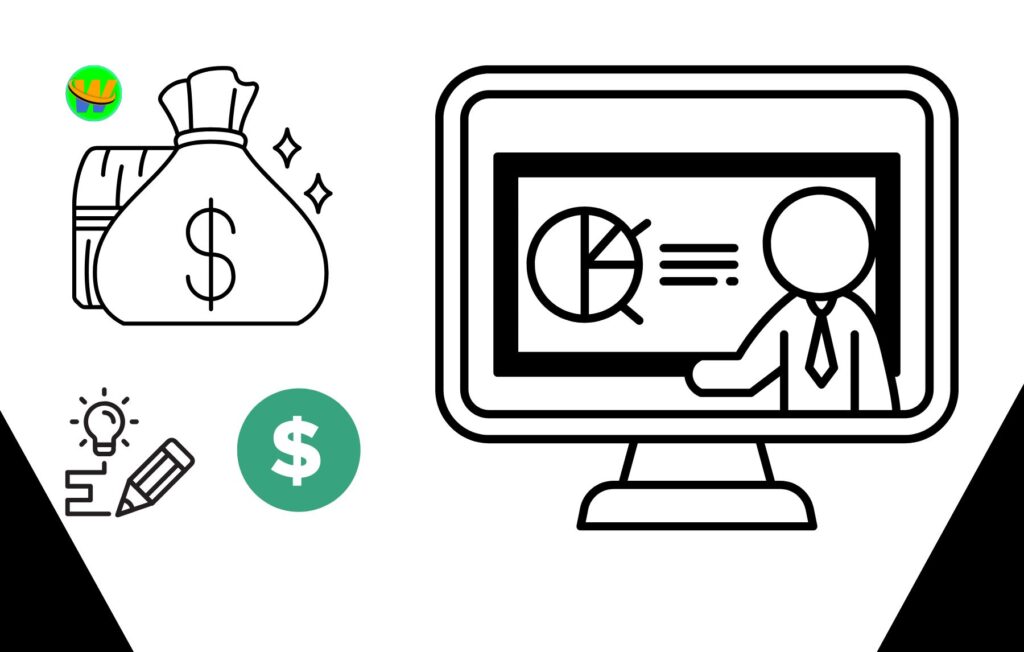How to Make Money with Content Writing / Blogging Content writing and blogging are powerful ways to make money online, offering flexibility, creativity, and a great way to connect with audiences. Businesses need content writers to create articles, product descriptions, and more, while bloggers generate revenue through ads, sponsored posts, and affiliate marketing. Let’s break down how to start in both content writing and blogging, monetization strategies, and tips for success. What is Content Writing / Blogging? Content Writing Content writing involves creating written content for businesses, such as: Articles and Blog Posts – Educational or engaging articles for company blogs or news sites. Copywriting – Writing persuasive content for advertisements, sales pages, and product descriptions. Social Media Content – Shorter, engaging posts for social media platforms. Email Newsletters – Creating regular updates for subscribers. Companies hire content writers to build trust with readers, increase website traffic, and boost conversions. Blogging Blogging involves creating and managing your own website, where you share content on a specific niche, such as: Personal Blogs (lifestyle, travel, food) Educational Blogs (how-tos, reviews, tutorials) Niche Blogs (finance, health, technology) Successful bloggers build audiences and monetize through various channels, including affiliate marketing, ads, and sponsored posts. Is This Business Model Real and Achievable? Absolutely! Content writers can earn a stable income by working with businesses, while bloggers can build long-term passive income streams. Many content writers and bloggers make a full-time income by creating quality content, but like any business, it takes time and effort to build credibility and an audience. Step-by-Step Guide to Content Writing and Blogging Step 1: Choose Your Niche For Content Writing: Focus on topics you’re passionate about, like tech, health, finance, or lifestyle, and consider fields with strong demand, such as SEO writing or technical writing. For Blogging: Choose a specific niche that’s both interesting to you and profitable, such as personal finance, fitness, or sustainable living. Look for niches with consistent demand but limited competition. Step 2: Build Writing Skills and Style Practice Writing: Regularly create articles, practice different writing styles, and improve grammar and vocabulary. Understand SEO: Search Engine Optimization (SEO) is crucial for online writing, so learn how to use keywords, optimize titles, and structure articles to rank well. Develop a Unique Voice: Consistency in tone and voice is key for both blogs and client work. Step 3: Set Up Your Portfolio or Blog For Content Writers You can showcase your work online by creating an online portfolio: Use Sites like Contently or Medium – Post articles to start building credibility. Create a Portfolio Website – Use WordPress, Wix, or Squarespace to display your services, writing samples, and contact information. For Bloggers Register a Domain Name and Hosting: Use platforms like Bluehost or SiteGround for hosting. Set Up a Blogging Platform: WordPress is highly recommended due to its flexibility and SEO advantages. Choose a Theme and Customize: Select a clean, responsive theme that aligns with your niche. Plan Initial Content: Start with 5-10 well-researched blog posts that cover topics your audience is interested in. Step 4: Write and Publish Content Consistently For both content writing and blogging, consistency is key to building an audience and credibility. Follow a Content Schedule: Decide how often to publish (e.g., once a week or twice a month). Write High-Quality Content: Make your posts informative, engaging, and helpful to readers. Optimize for SEO: Use keywords naturally, create headings, and link to other relevant content to increase visibility. Step 5: Monetize Your Writing For Content Writers Freelance Platforms: There are a number of sites that connect you to clients looking for content writers, including Upwork, Fiverr, and Freelancer. Pitch Directly to Clients: Reach out to companies and offer your services. This can help you find higher-paying clients. Content Writing Agencies: Many agencies hire writers to provide consistent content for their clients. For Bloggers Affiliate Marketing: Earn a commission by selling products or services through your blog posts on each sale. Display Ads: Use platforms such as Google AdSense or Ezoic to make money from ads displayed on your blog. Sponsored Content: Help brands to publish sponsored posts promoting their products or services. Sell Digital Products or Courses: Once you have an audience, offer your own products, like e-books, templates, or courses. Income Potential Content Writing: Experienced content writers can charge anywhere from $0.05 to $1 per word or offer fixed rates for articles, generally earning between $500 – $5,000+ per month depending on experience and client demand. Blogging: Earnings vary widely based on traffic and monetization methods. A successful blog with consistent traffic can earn between $1,000 – $10,000+ monthly through ads, affiliate marketing, and sponsored posts. Content Type Average Rate Potential Monthly Earnings Blog Writing (for Clients) $0.05 – $1 per word $500 – $5,000+ Blogging (Monetized) $5 – $20 CPM (cost per 1,000 views) $1,000 – $10,000+ Challenges in Content Writing and Blogging Time and Consistency: Building a steady income takes time, especially in blogging where initial traffic growth can be slow. Competition: The field is competitive, so high-quality, valuable content is necessary to stand out. SEO Knowledge: Learning and applying SEO principles is crucial for visibility. Client Dependence: Content writers may face inconsistent income unless they establish a solid client base. Tips for Success Focus on Quality Over Quantity: An engaging article with well-researched content can make a bigger impact than several low-quality pieces. Use SEO Tools: Tools like Ahrefs, SEMrush, and Yoast can help optimise your content for better visibility. Build a Personal Brand: For content writers, establishing a strong online presence (LinkedIn, personal website) can attract clients. Network with Other Writers and Bloggers: Join online communities, attend events, and collaborate with others in the industry. Is Content Writing and Blogging Worth It? Yes, content writing and blogging can both be lucrative and fulfilling, especially if you’re passionate about writing and enjoy sharing knowledge. Content writing can offer quick income, while blogging is a slower but steady passive income source once established. With patience, strategy, and dedication,









